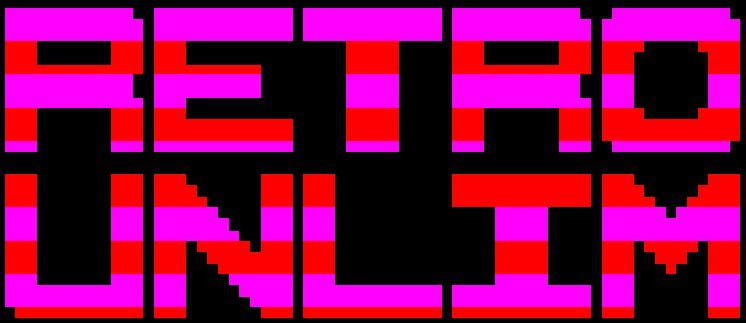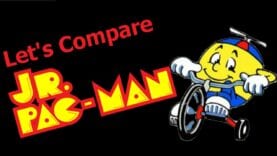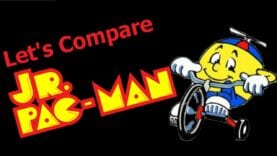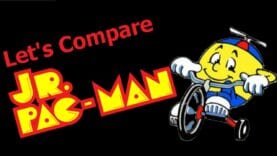Let’s Compare ( Jr. Pac Man )
Gaming History Source
Video Locations:
1. Arcade 0:39
2. Atari 2600 3:22
3. MS DOS 5:20
4. Commodore 64 7:19
5. Atari 8 bit 9:17
6. Atari 5200 11:15
7. Atari 7800 ( Home Brew ) 13:14
Description Source:
https://en.wikipedia.org/wiki/Jr._Pac-Man
Jr. Pac-Man is an arcade game, released by Bally Midway on January 1, 1983. It is based on Pac-Man and its derivatives, but is not officially part of the Pac-Man series — along with Ms. Pac-Man, Baby Pac-Man, and Pac-Man Plus, this game was created without the authorization of Namco. This, along with Professor Pac-Man, was one of the two games that would eventually lead to the termination of the licensing agreement between Namco and Bally Midway in 1984.
Gameplay:
The gameplay of Jr. Pac-Man is very similar to that of its predecessors: The player controls the eponymous Jr. Pac-Man (who wears an animated propeller beanie), and scores points by eating all of the Pac-Dots in the maze, while four ghosts chase him around the maze and attempt to kill him. The player can eat an energizer to turn the ghosts blue, making them vulnerable for a short period of time, and allowing the player to eat them for extra points. Once the maze is cleared, a new maze will be presented and the gameplay will continue.
This game contains some of the most significant differences to the Pac-Man formula, both in terms of cosmetics and gameplay. The mazes are now two times the width of the monitor, and a virtual camera scrolls left and right through the mazes to keep up with Jr. Pac-Man which will sometimes allow the ghosts to be off-screen. A total of seven mazes appear throughout the game, and five of them have six energizers instead of four – but none of them have tunnels which wrap around from one side of the screen to the other. As in the previous games, bonus items (such as tricycles, kites, and balloons) appear in each round, starting above the ghost regenerator and bouncing around the maze like in Ms. Pac-Man. As an item encounters dots, it changes them into larger dots which are worth 50 points instead of 10, but will also slow Jr. Pac-Man down (more than normal) as he is eating them. If an item has been out for long enough and then encounters an energizer, it will self-destruct, taking the energizer with it. If Jr. Pac-Man should die, all larger dots will disappear from the maze.
The game also contains several purely cosmetic changes from Pac-Man: It features a lower-case anti-aliased font for scores and game text, and Clyde has been replaced by a third orange ghost named Tim. The game’s intermissions center around the developing relationship between Jr. Pac-Man and a small red (female) ghost named Yum-Yum (who is apparently the daughter of Blinky).
Like many other games from its generation, Jr. Pac-Man has a kill screen: Reaching the 146th round causes the game to display an invisible maze that does not contain any dots, which will effectively end the game.
















